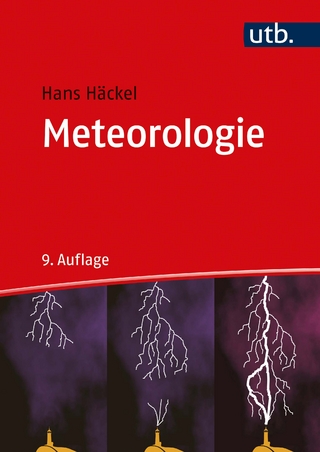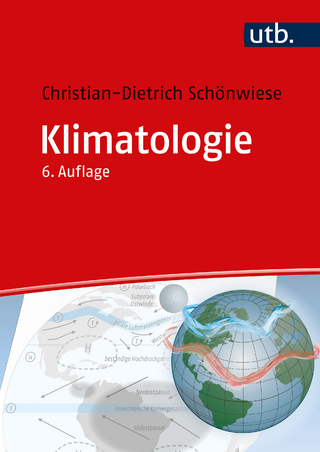Erfassung und Bewertung von polyzyklischen aromatischen Kohlenwasserstoffen (PAK) in Böden ausgewählter Naturschutzreservate im Länderdreieck - Deutschland, Polen Tschechien - zur Ableitung von Hintergrundwerten für die Bodenschutzvorsorge
Seiten
- Keine Verlagsinformationen verfügbar
- Artikel merken
The 1998 Federal Soil Protection Act emphasizes the importance of precaution values as a measure for the preservation of soil quality. This requires regionally representative backround levels in order to define guiding criteria for the soil protection. The aim of this work is to improve the rather insufficient data base on the distribution of background levels of polycyclic aromatic hydrocarbons (PAH) in Central European soils. This is done by spatial investigations using standardized methods.
In three nature reserves in Germany, Poland and the Czech Republic, the distribution of polycyclic aromatic hydrocarbons (12 EPA-PAH) in topsoils of different use and in the litter layers was examined to develop a basis for backround values. For each of the three survey-areas, a scaled hexagon grid was set up to define locations for taking samples every 1,5 kilometres. As a result, 62 samples at 38 locations were taken in the Spreewald Biosphere Reserve in Germany. These were divided in soil, litter and grass samples. In the Kampinoski National Park in Poland as well as in the Soutok Nature Reserve in the Czech Republic, 59 samples were taken at 35 locations respectively.
The results show that three factors influence the distribution of the PAH-levels in the areas: land use, flooding and air pollution are the determining factors. As far as land use is concerned, PAH-contents increase of the from agricultural land to grassland to forest and to litter. If one further distinguishes between different forest types, an increase of PAH-contents from pine forest soils to soils of oaks-beech to alderfen forests can be observed. PAH increases here correspond to increases in organic substance. In contrast to this PAH-contents in the litter layers were 30 percent higher than PAH-contents in the litter layers of deciduous forests.
Flooding influences parts of the Spreewald Biosphere Reserve and the Soutok Nature Reserve. At inundated locations an additional input of particlebound PAH was found which overlayed atmospheric PAH-inputs. The areas influenced by flooding differ from the non-inundated areas with regard to both PAH-contents and the PAH-spectrum. At the inundated forest locations a two- to threefold increase of PAH-contents was observed. At the inundated grassland locations there was even a ninefold increase. The contents of the highmolecular parts of the PAH-spectrum at inundated grassland and forest locations were three to six percent higher than those found in non-inundated soils. An increase of lowermolecular Benzo[a]anthracene was observed in soils at frequently flooded locations.
At the Kampinoski National Park and at the Soutok Nature Reserve, there were no industrial emitants. At the Spreewald Biosphere Reserve, however, the influence of two brown coal power stations (disused at the time of the survey) on pollution and the impact of spatial PAH-distributions could be illustrated. With increasing distance from the Lübbenau power station, a concentration maximum of PAH was found at a distance of three to four kilometres. After nine kilometres, a decrease of PAH-contents of about 70 to 75 percent could be observed.
If one uses the 90th percentile of the PAH-contents in the survey areas for the derivation of background values, the resulting PAH-values in the Spreewald Biosphere Reserve are 0.83 ppm in agricultural soils, 1.30 ppm for grassland soils and 2.32 ppm for soils at deciduous forest locations. In the Kampinoski National Park, PAH-contents are 0,24 ppm for agricultural soils, 0.51 ppm for grassland soils, 1.38 ppm for soils in deciduous forest and 0.27 ppm for soils in pine forests. At its locations not influenced by flooding, the Soutok Nature Reserve shows PAH-percentiles of 0.32 ppm in agricultural soils, 0.36 ppm in grassland soils and 0.86 ppm in deciduous forest soils. Excluding the selective points of contamination the data found can be taken for the derivation of background values.
| Sprache | deutsch |
|---|---|
| Maße | 145 x 210 mm |
| Einbandart | Paperback |
| Themenwelt | Naturwissenschaften ► Geowissenschaften ► Allgemeines / Lexika |
| Schlagworte | HC/Geowissenschaften/Allgemeines, Lexika |
| ISBN-10 | 3-89722-251-5 / 3897222515 |
| ISBN-13 | 978-3-89722-251-9 / 9783897222519 |
| Zustand | Neuware |
| Haben Sie eine Frage zum Produkt? |
Mehr entdecken
aus dem Bereich
aus dem Bereich
Physische Geographie und Humangeographie
Buch | Hardcover (2020)
Springer (Verlag)
109,99 €



